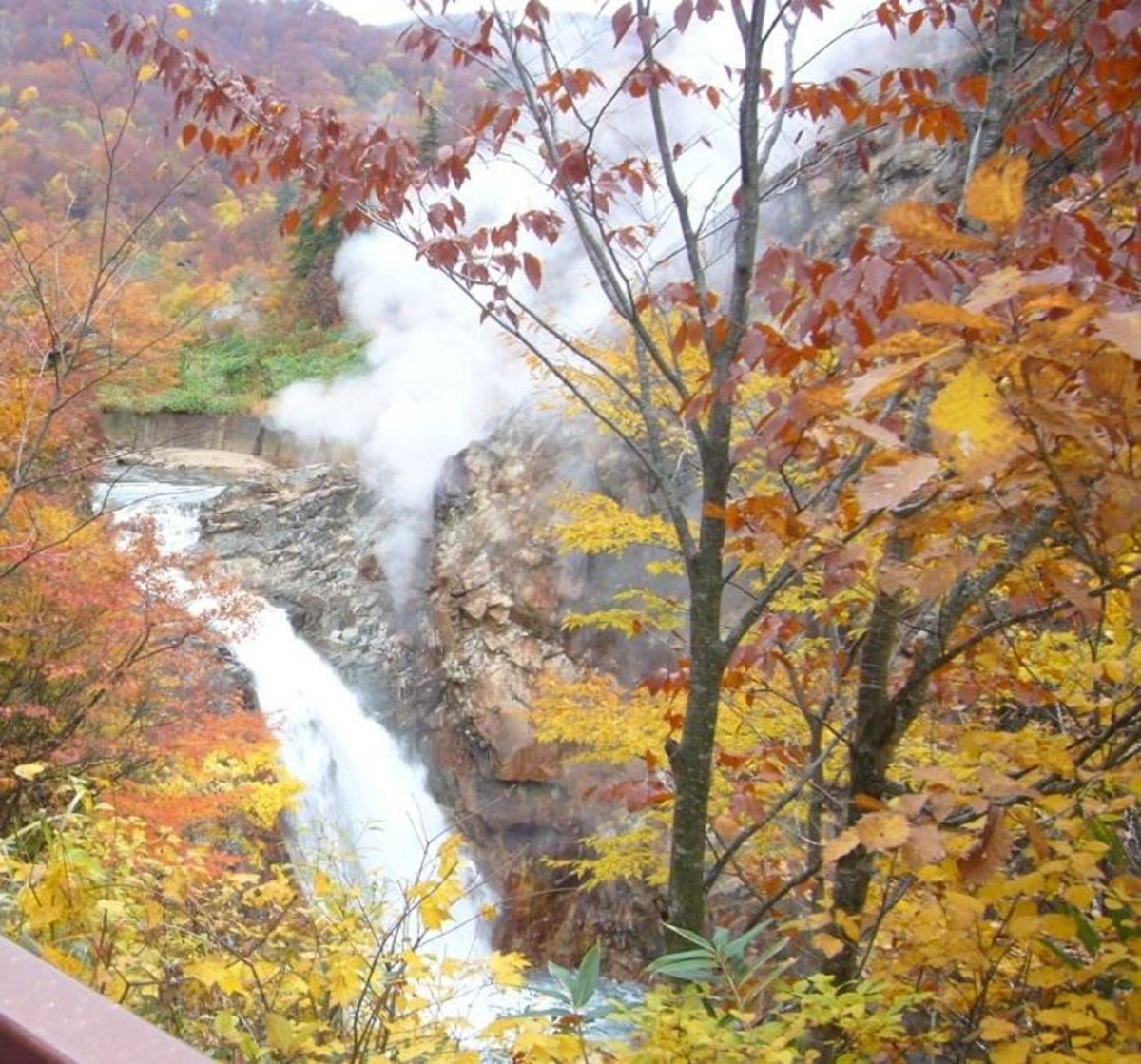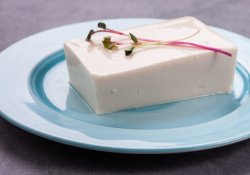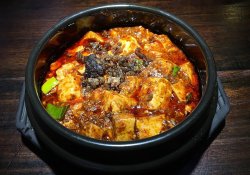Autumn Kaze Recipes and curiosities
On this page you will learn the recipe and some information about the Japanese dish Autumn Kaze Also known as Kakuteru "Shūfū".
Table of Content - About - Origin - Information - Ingredients - Preparation - Related
All about Kakuteru "Shūfū"
Autumn Kaze is a typical dish of Japanese cuisine that has gained increasing popularity around the world. With a combination of amazing flavors and an impeccable presentation, this dish is a true work of gastronomic art.
Autumn Kaze consists of a base of Japanese rice, known as gohan, which is cooked in a traditional way and tempered with rice vinegar, sugar and salt.
Among the ingredients used in Autumn Kaze are salmon, tuna, pulp, shrimp and fish eggs. In addition, vegetables such as cucumbers, carrots and avocados are added, which bring a crisp texture and a color contrast to the dish.
Autumn Kaze also has a special sauce, made from shoyu, ginger and salmon oil. This sauce is watered over the ingredients of the dish, bringing a unique and striking taste.
In addition to being an explosion of flavors, Autumn Kaze is also a true work of visual art. The presentation of the dish is done carefully and delicately, with each ingredient positioned in a harmonious and symmetrical way. This makes the dish not only a tasty but also visual experience.
One curiosity about Autumn Kaze is that it is served in a wooden bowl, known as donburi, which is heated before receiving the dish.This technique makes the rice slightly crouchy at the bottom, bringing a different texture and an even more special taste.
Autumn Kaze is a dish that can be on different occasions, either at a special dinner or at a lunch with friends.In addition, it is a healthy and nutritious option because it combines different fresh and high quality ingredients.
In short, Autumn Kaze is a true representation of Japanese cuisine, combining tradition, flavors and impeccable presentation in a single dish. If you have the opportunity to try it, don’t forget to delight yourself with this typical Japanese autumn delight.

Origin and history of Autumn Kaze
Autumn Kaze is a dish that combines elements of Japanese and Brazilian cuisine. Its origin is uncertain, but it is believed to have been created by Japanese immigrants who came to Brazil in the 20th century.
The history of the dish refers to the adaptation of the ingredients available in Brazil with the techniques and flavors of Japanese cuisine. Thus, Autumn Kaze consists of rice, fish, fruits and vegetables such as avocado, mango, carrots and cucumbers, as well as spices such as ginger and shoyu.
The name "Autumn Kaze" means "autumn wind" in Japanese, and may be related to the time of year when the dish was created or to the feeling of freshness and lightness it provides. Today, Autumn Kaze is highly appreciated and can be found in various restaurants that offer fusion cuisine, mixing influences from different countries.
About the recipe
- Name of the plate: Autumn Kaze
- Name of the dish in English: Autumn kaze
- Name of the plate in Japanese: カクテル「秋風」
- Name of the Romanian dish: Kakuteru "Shūfū"
Information about preparation
- Time to prepare: 5 minutes
- Time of Cooking: 5 minutes
- Difficulty: SIMPLE
- It suits: 1 people
- Occasions:
Ingredients – Ingredients
Check out the necessary and optional ingredients Autumn KazeIt makes sense to improvise
Ingredients for the Autumn Kaze:- 50ml of Bizan Shochu
- 25ml of Jim Beam
- 25ml of Cointreau
- 10ml of Yuzu Umeshu
- 40ml of cold espresso (without sugar)
- 15ml of homemade vanilla syrup
- Tracks of angostura orange bitter
- 3 coffee beans and half a vanilla (to decorate)
The Optional Ingredients:
- ice
- lemon juice
- sugar
Watch a video of the recipe:
Recipes - How to Prepare
Now that you know the ingredients to make the recipe Autumn Kaze. Follow the instructions below in the preparation mode or step by step.
Preparation
Mix the components:
- Mix all the elements in a mixer
- Strengthen energetically
Then filter the mixture in a glass of ice.
Adding final touches:
- Finish with 3 floating coffee beans
- Put half a vanilla on the edge of the glass
Enjoy.

